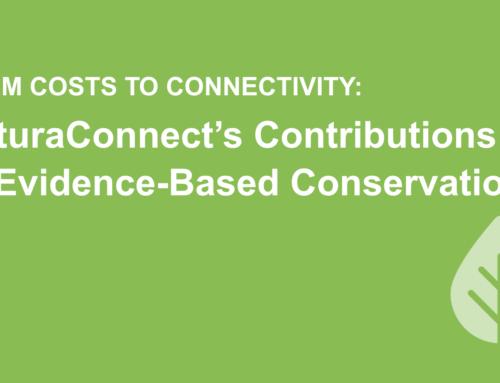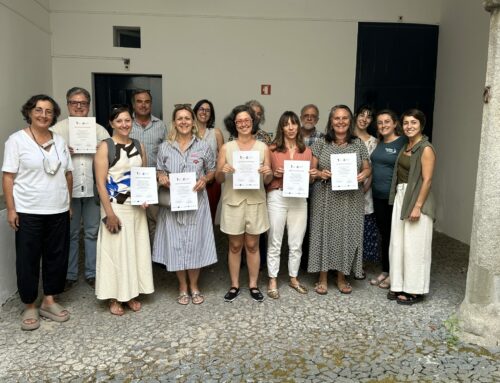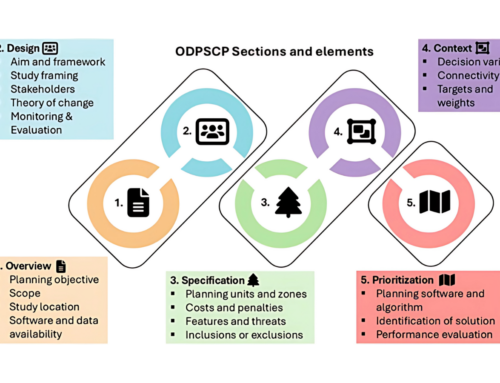Initiating dialogue on how to design a resilient Trans-European Nature Network: Reflections from NaturaConnect’s first Stakeholder Engagement Event
March 17, 2023
How can NaturaConnect help to design a coherent and resilient Trans-European Nature Network in the context of the Member States protected area pledges?
This was the central question underpinning the first Stakeholder Engagement Event organised by the NaturaConnect Horizon Europe project in Brussels on the 28th of February 2023.
The event gathered over 70 leading EU delegates, governmental representatives, academics as well as international and European conservation organizations to lay the foundation for a bold new vision for Europe’s nature protection.
The event was organised by EUROPARC Federation, who leads the overarching stakeholder engagement and capacity building strategy within the project. In his opening remarks, Neil McIntosh – representing EUROPARC Executive Director at the event – emphasised:
“Today is about participation in order to build the dialogue necessary that will help protect and preserve biodiversity, by connecting areas, as well as nature and people.”
Frank Vassen, representing DG Environment from the European Commission as well as the project’s Advisory Board, added some important contextual elements about the EU Biodiversity Strategy for 2030, the policy framework underpinning NaturaConnect:
“We understand that we cannot continue business as usual. We need both to protect and to restore nature. Consequently, the two big chapters in the Strategy relate to protection and restoration. The protection targets are quite ambitious, as they seek to achieve 30% of protected area coverage (land and sea) across the EU by 2030, one third of which should become strictly protected. Achieving these targets will require that additional areas become protected. Also, these targets are not simply about having protected areas on paper, it is equally important that they will all be properly managed by 2030.”
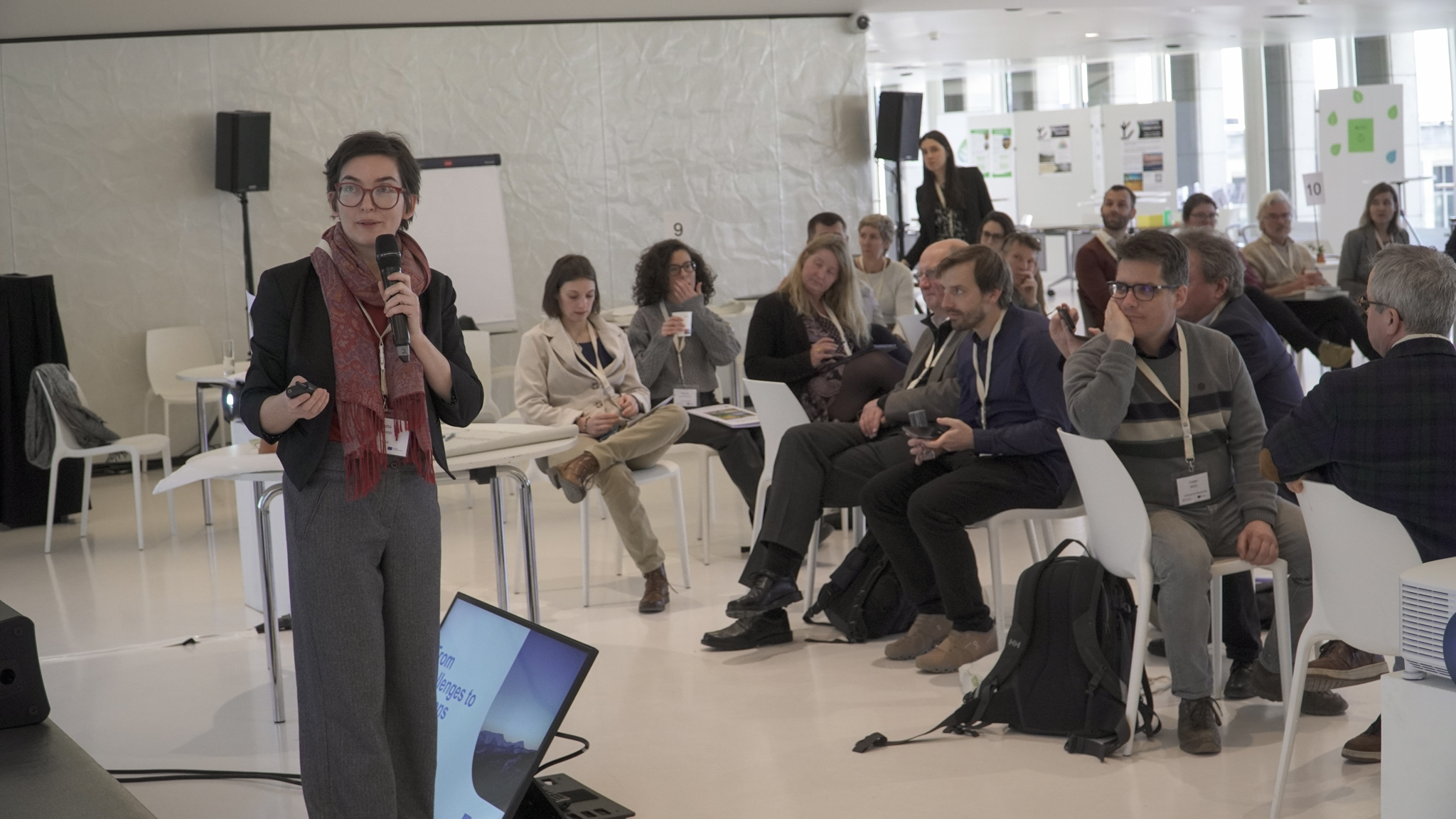
Essentials of the project
Piero Visconti, NaturaConnect project coordinator (IIASA) and deputy coordinator Nestor Fernandez (iDiv/MLU) kicked off the event by outlining the expected outputs of the project which aim to address the challenges of designing a Trans-European Nature Network. These are not only about placement of new Protected Areas but also about their connection with one another. They also highlighted lack of stakeholder awareness and cooperation, insufficient knowledge with respect to biodiversity data, and access to existing funding mechanisms as some of the main currently known obstacles preventing the full implementation of the EU Nature Directives. It is these elements that are tackled through the NaturaConnect project. By providing technical support and data, tools and knowledge, NaturaConnect can support EU Member States in their planning and implementation of an ecologically representative and connected network of conserved areas, in line with the EU Biodiversity Strategy for 2030. This includes support to Member States in the revision of their protected area pledges in the context of the Strategy, and assistance to the European Commission with the evaluation of the first round of pledges.
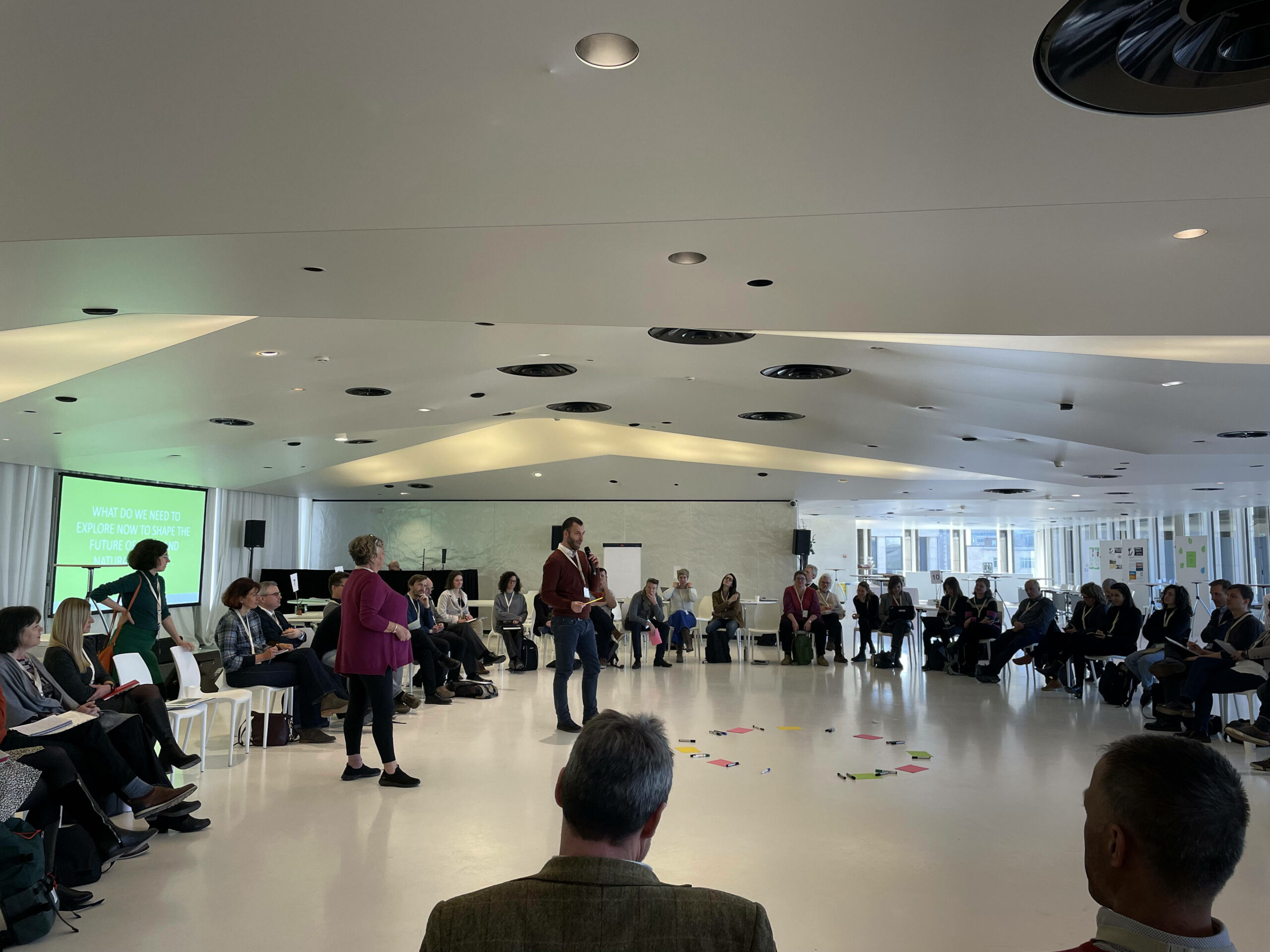
Conversations
The event initiated informal conversations between participants representing various sectors including science, public administration, EU-policy makers and non-governmental organisations about enablers and barriers for implementing the EU Biodiversity Strategy for 2030, including the design and management of the TEN-N. The participants engaged in small groups to identify the many different perspectives in the room, focused around the following questions:
- What are the enablers and barriers to achieving connected protected areas in Europe?
- What are we now collectively seeing in terms of enablers and barriers to achieving connected protected areas in Europe?
The discussions covered overall perspectives on nature conservation and how different views on nature hinder or encourage its protection. A common question was how nature conservation can become a priority among other land uses and resource needs. How can its value become more visible and valued by policy and decision makers? The discussions continued into both broader aspects, as well as more specific themes such as funding opportunities and the potential of payments for ecosystem services.
In the afternoon, participants built a “live agenda” by proposing topics themselves, which were triggered by the morning’s discussion and were of most relevance for them. The topics were discussed in small interactive groups and the outcomes included specific recommendations for the project. The selected discussion topics from the groups included: funding opportunities, governance of connectivity, the importance of small areas or landscape features yielding very rare biodiversity and needing better protection, capacity building, reconciling the need to develop renewable energy systems with the need to build the TEN-N, identification of “areas of particular importance for biodiversity” in Europe, how science can have an impact – addressing the interface between science and policy, monitoring and assessing protected areas and corridor effectiveness, how an EU-wide process can be initiated to identify a coherent corridor network, and how to scale up successes and needed guidance for processes. A recommendation for funding, for example, is to explore longer-term solutions like land stewardship agreements. Additionally, funding options should be available and distributed more effectively, coupled with capacity building and improved governance.
Overall, the conversations provided valuable perspectives on the various topics like the importance of co-creating of knowledge and guidance for the TEN-N together with those responsible for planning and implementing it. The need for capacity building on the ground was highlighted, as well as the necessity for a long-term perspective on area-based conservation planning in Europe.
The event brought together a wide range of participants from different sectors and countries, creating dialogue on important aspects of the project. The NaturaConnect Team is looking forward to further engaging with stakeholders on these topics, and supporting them in designing a resilient and well-connected Trans European Nature Network.
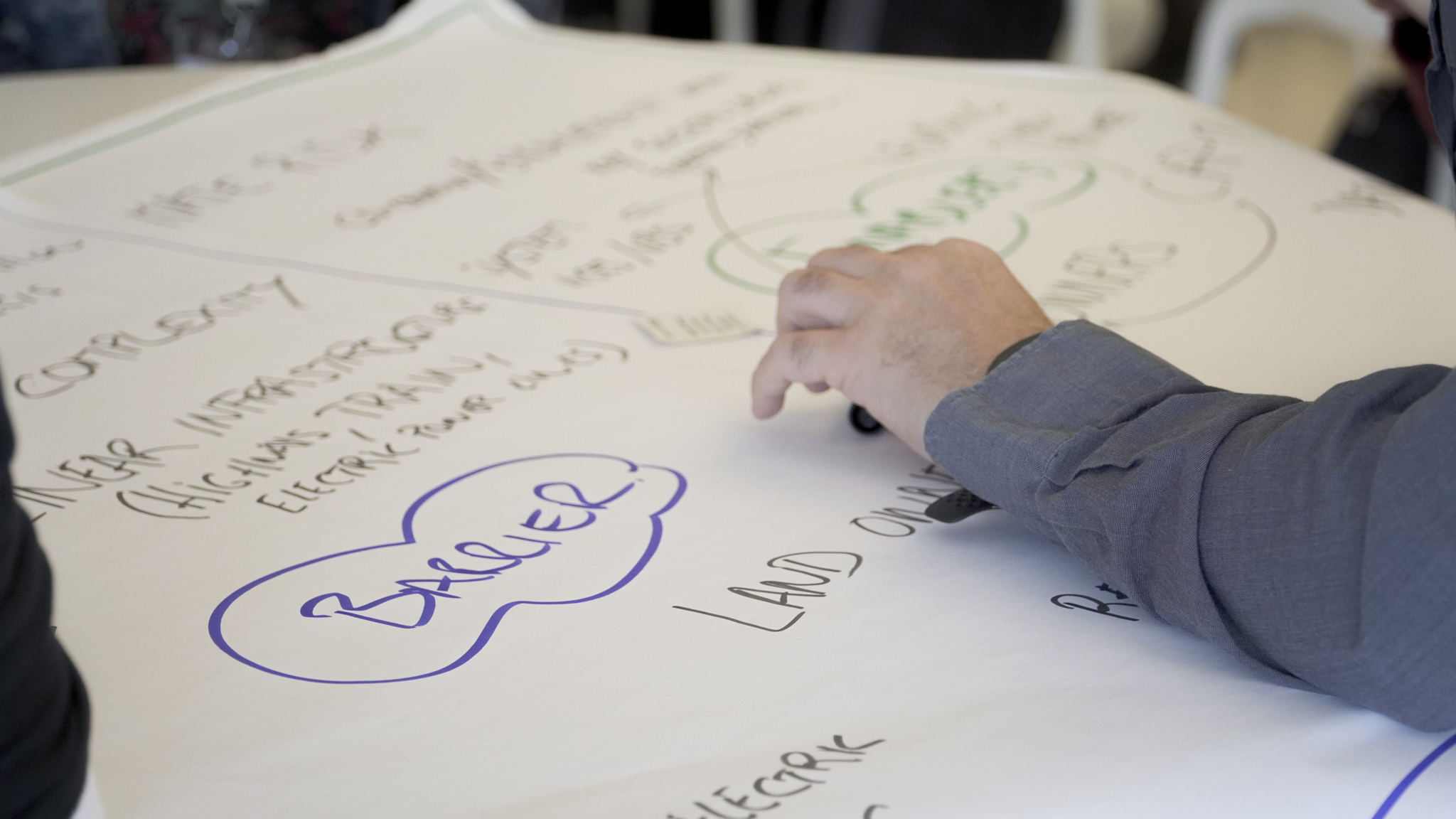
Did we catch your interest?
Do you wish to know more about the event and the conversations? Want to reach out to the project? Please do so and write to [email protected]
The event was professionally moderated by Maria Scordialos (https://www.mariascordialos.com) and Linda Mitchell (https://www.lindajoymitchell.org.uk). The harvesting work was undertaken by Valerie Menelec.

